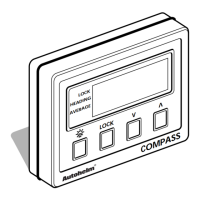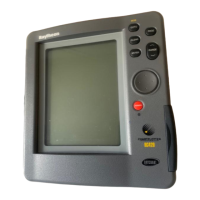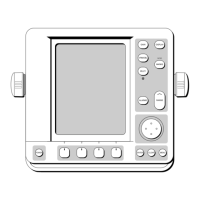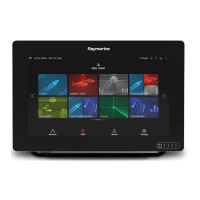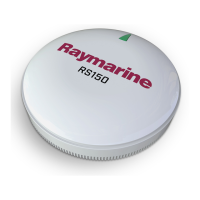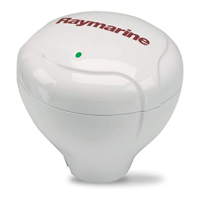offered by Busse-Yachtshop.com
Chapter 3: System Tests and Alignment -49
3.5 How do I test the Fishfinder?
When you have connected your C-Series display to the DSM, you should open the
Fishfinder application and check that information is being displayed. Using the soft
keys check that individual settings change as they are selected and that all the options
are available.
Received data
With the data cable connected to the DSM, verify that expected data is shown.
Transducer calibration
You should now try to tune the DSM to match the frequency of the transducer as
follows:
1. Open a page on the display that has two windows in it.
See Chapter 1 - Using the
Display in the C-Series Reference Manual.
2. Open the Fishfinder application in both windows.
See Chapter 1 - Using the Display
in the C-Series Reference Manual.
3. Set the DSM to Dual Frequency.
4. Press Active to select one window.
5. Set all soft key functions for 50 kHz frequency to AUTO.
6. Press Active to select the next window.
7. Set all soft key functions for 200 kHz frequency to AUTO. You now have one
window displaying 50 kHz frequency and one window displaying 20 kHz
frequency.
8. Set the AUTO GAIN for both frequencies to HI.
9. Set the FREQUENCY TUNING soft keys for both frequencies to MANUAL.
10.Use the corresponding soft keys to adjust the values for each frequency until the
picture is as sharp as possible with minimum ‘noise’.
11.Allow the fishfinder to run for at least one minute for the DSM to accept these
adjustments.
12.Press OK to accept these settings.
The transducer is now calibrated. The next time you use the fishfinder it will operate
using these settings.
